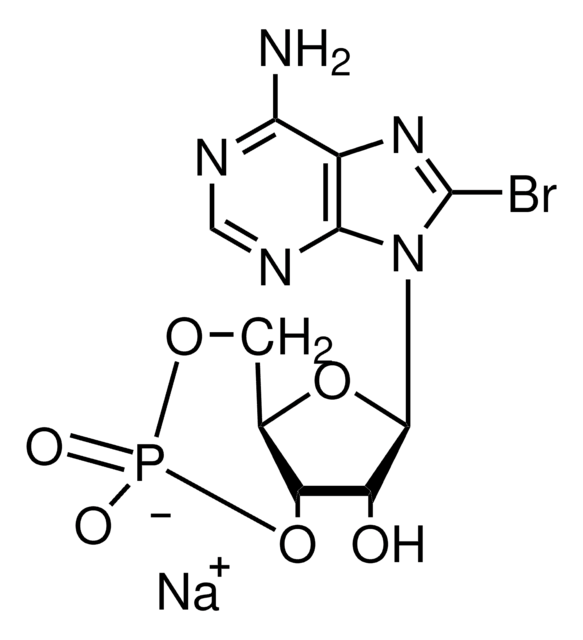14-309
PCAF Protein, Active, 50 µg
PCAF recombinant GST fusion protein, for use in Histone Acetyltransferase Assays. (HAT).
About This Item
Recommended Products
recombinant
expressed in E. coli
Quality Level
mol wt
Mw 79 kDa
manufacturer/tradename
Upstate®
technique(s)
activity assay: suitable (histone acetyltransferase (HAT))
NCBI accession no.
UniProt accession no.
shipped in
dry ice
General description
Quality
Other Notes
Legal Information
Storage Class Code
10 - Combustible liquids
WGK
WGK 1
Regulatory Listings
Regulatory Listings are mainly provided for chemical products. Only limited information can be provided here for non-chemical products. No entry means none of the components are listed. It is the user’s obligation to ensure the safe and legal use of the product.
JAN Code
14-309:
Certificates of Analysis (COA)
Search for Certificates of Analysis (COA) by entering the products Lot/Batch Number. Lot and Batch Numbers can be found on a product’s label following the words ‘Lot’ or ‘Batch’.
Already Own This Product?
Find documentation for the products that you have recently purchased in the Document Library.
Our team of scientists has experience in all areas of research including Life Science, Material Science, Chemical Synthesis, Chromatography, Analytical and many others.
Contact Technical Service